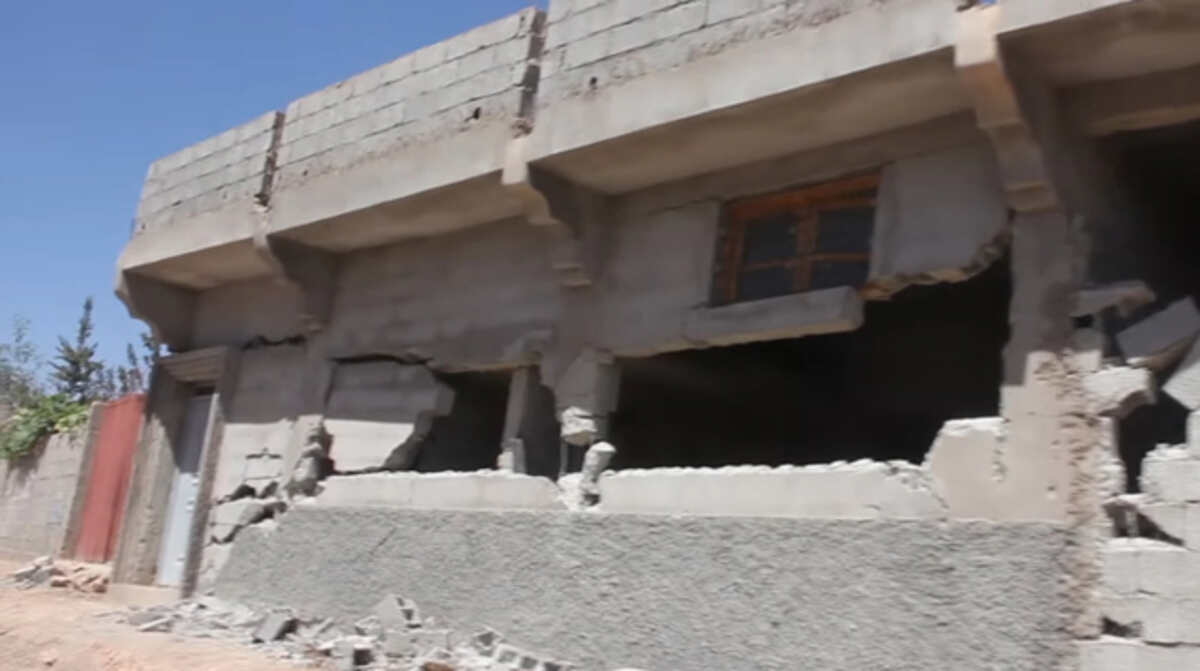Unusual deep slip: Morocco earthquake modeling

The Al Haouz earthquake occurred on September 8th and measured 6.8 on the Richter scale. According to the National Earthquake Information Center (NEIC) at the U.S. Geological Survey, the epicenter of the quake was located approximately 25 kilometers below the Earth's surface. Their analysis revealed that the earthquake had a compact fault with movement taking place between depths of 15 and 35 kilometers. This is deeper than usual for the region and has made it difficult to determine the usual characteristics of large earthquakes in the Atlas Mountains region.
The earthquake occurred in an area that has a limited history of recorded earthquakes, making it challenging to understand the potential threat of future earthquakes. Unfortunately, there were no visible ruptures or significant aftershocks, making it challenging to pinpoint which faults were involved.
The earthquake was named after the province in Morocco that experienced the strongest shaking, especially in Marrakesh. Over 3,000 deaths and 5,500 injuries were reported, along with significant damage to buildings and structures.
To analyze the earthquake, researchers from USGS used teleseismic data collected from stations across the world. The closest station was located 100 kilometers away from the epicenter, and only three other stations within a radius of 500 kilometers had openly available real-time data. In addition to this, they also incorporated satellite data from InSAR which tracks changes in ground deformation. By combining these different sources of data, the researchers were able to create multiple models of the earthquake source.
U.S. Geological Survey seismologist William Yeck explained that studying the aftershocks is crucial for understanding faulting in the region, but there may be some uncertainty about where exactly the slip occurred without enough aftershock data. The researchers emphasize the importance of global seismic networks and data exchange standards for sharing real-time information, especially when it comes to earthquakes in remote regions with limited monitoring capabilities.

 How to resolve AdBlock issue?
How to resolve AdBlock issue?